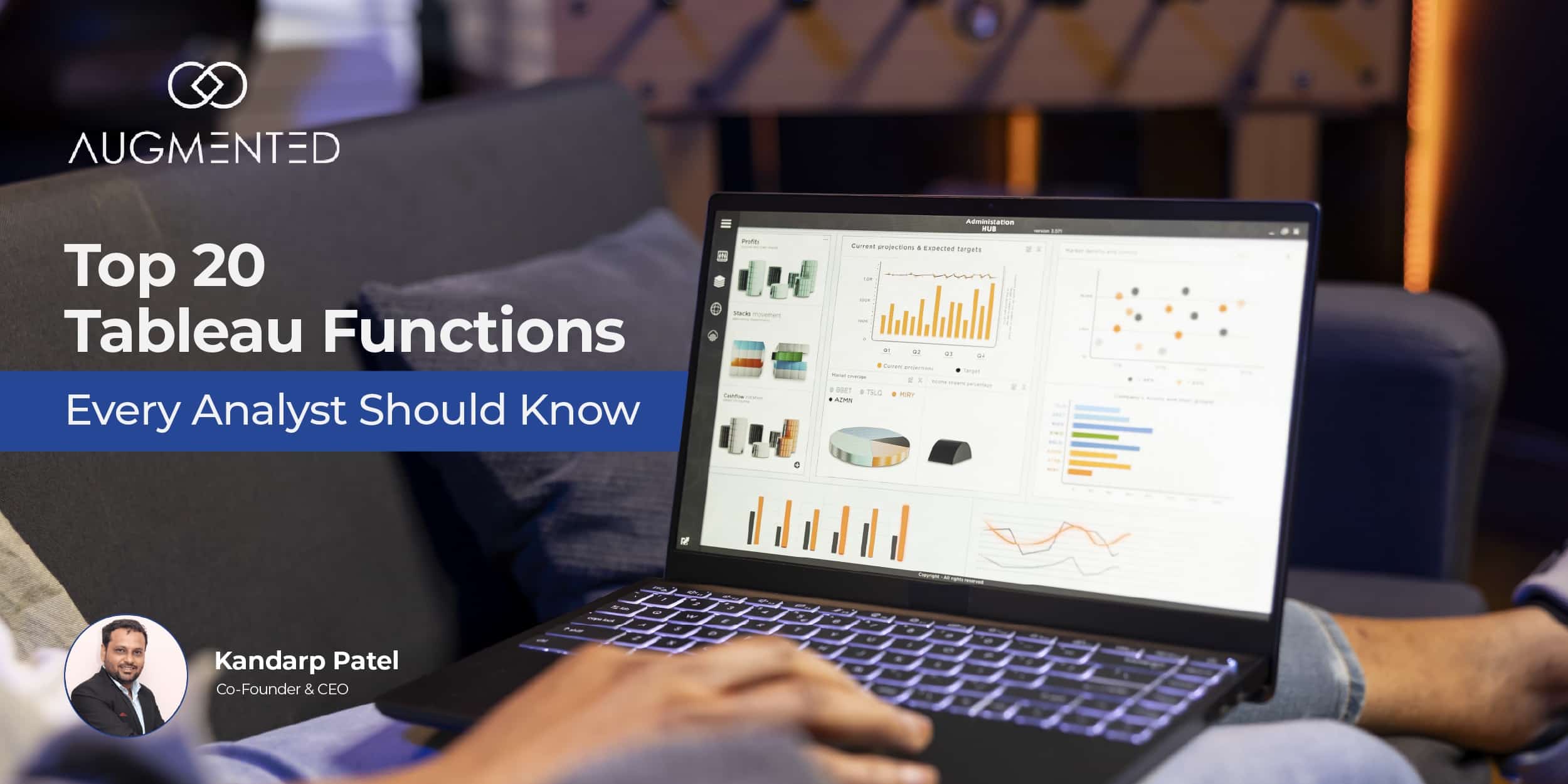Data visualization is an essential practice for communicating complex information, but there are many misconceptions that can lead to ineffective representation of data.
In a world flooded with information, the ability to transform raw data into meaningful and actionable insights is critical. Visuals help distill complex datasets into something more digestible and engaging, making it easier for people to grasp key trends and patterns.
However, with the growing popularity of data visualization, various myths have emerged, leading people to believe that creating effective visuals is either overly simple or unnecessarily complicated.
Below, we debunk ten common myths about data visualization and offer insights into creating better, more effective representations.
Myth 1: “There is a ‘best way’ to visualize any dataset – regardless of the audience or purpose.”
There’s no such thing as a universally “best” way to visualize a dataset. There are many potentially good ways, but the best one depends on the intended audience and the purpose of the dashboard.
To design meaningful representation of data, it’s crucial to understand who the audience is and why they need to see the data. The goal shouldn’t be to find the perfect visualization but to create one that best serves the purpose of the representation.
Myth 2: “It’s possible to create completely unbiased, objective charts that ‘just show the data.’”
Every representation of data is shaped by numerous design decisions, all of which influence how the audience perceives the data. A chart is always an interpretation of the data, reflecting the choices of the designer.
Some choices, such as selecting appropriate scales or focusing on certain variables, might not introduce harmful bias but instead reflect good practice. Bias can also be reduced significantly by sticking to standards in the field while acknowledging that some level of interpretation is inevitable. The goal is transparency and minimizing misleading representation.
Myth 3: “It’s impossible to prove that one representation of data is better than another – it’s all just opinion.”
In theory, different visual designs can be tested and evaluated experimentally to determine which is more effective. Mastering the practice of data visualization involves making educated decisions about how an audience will respond to various designs.
This is not just a matter of opinion—chart designs can be optimized based on how well they communicate the intended message.
Myth 4: “The best way to get people to pay attention to a visualization is with slick graphic design.”
Not necessarily. In fact, flashy designs often make visualizations harder to interpret and less useful. The most effective way to engage an audience is by avoiding common pitfalls, such as overly complex designs or unclear data representation.
The most engaging visualizations are often visually simple and require no artistic flair to create. They minimize cognitive effort and make the information clear.
However, it's also worth noting that some degree of aesthetic design can help engage users or make charts more memorable. The key is balancing aesthetics with clarity.
Myth 5: “If it looks good, it must be good.”
The visual appeal of visualizations has little to do with its usefulness. While it’s possible for charts to be both visually impressive and effective, this is rare and difficult to achieve.
The primary role of data representation is to convey information, and good design should prioritize clarity over aesthetics.
Myth 6: “Graphic designers, data analysts, or expert software users must be good at creating useful representations.”
Graphic designers may excel at creating visually appealing graphics but often lack training in how to communicate data effectively.
Data analysts and scientists are skilled at analyzing data but may struggle with translating those findings into clear visualizations. Similarly, being proficient in software tools like Excel, Tableau, or Power BI doesn’t guarantee the creation of effective charts.
Creating useful visualizations requires a blend of software expertise, data literacy, domain knowledge, creativity, and an understanding of the audience’s needs.
Myth 7: “The visualizations shown in data visualization software vendors’ marketing and training materials must be good, right?”
Not necessarily. Marketing materials from software vendors often include poor practices and ineffective visualizations. Take these materials with a grain of salt—what’s shown as an example of a tool’s capabilities isn’t always a model for best practices.
Myth 8: “Not knowing much about data visualization just makes you a beginner.”
Inadequate knowledge of data visualization doesn’t just label someone a beginner—it can lead to charts that result in poor decisions. These charts may misrepresent reality, fail to highlight key insights, or simply not be read because they require too much effort to interpret.
Myth 9: “Chart type selection is based entirely on the nature of the data.”
While the nature of the data (e.g., time series, categorical data, etc.) is an important factor in the selection of visual, it’s not the only one. The purpose of representation, the types of comparisons to be made, the patterns to highlight, and the audience’s ability to interpret graphs are all critical considerations.
The selection of visualization is a balance between the data’s characteristics and the specific goals of the visualization.
Myth 10: “If the data is complex, the representation must also be complex.”
It’s a common misconception that complex data requires equally complex visualizations. The opposite is often true. The goal of data visualization is to simplify and clarify complex information, not to overwhelm the audience with intricate designs. A clear, straightforward representation can often make even the most complicated data easy to understand.
Key Takeaways
When creating visualization, the goal should be to make them useful and aligned with their intended purpose. There is no single “best way” to visualize data for every audience; instead, design choices should be made with the chart’s purpose and audience in mind.
While no chart is entirely free of bias, transparency, and good practices can significantly reduce harmful distortions.
The nature of the data is crucial in visual selection, but audience and purpose fine-tune the design rather than entirely dictate it.
Many design decisions, including the selection of visuals, are influenced not just by the data itself but also by the chart’s specific goals and the needs of the audience.
Slick design isn't inherently bad; it's about balancing appeal with clarity and function.
Finally, being a graphic designer, data analyst, or software expert does not automatically make someone skilled at creating effective data visualizations.





